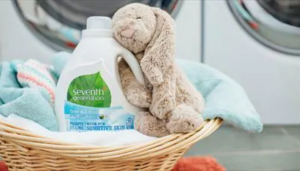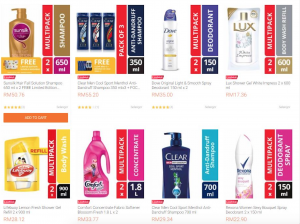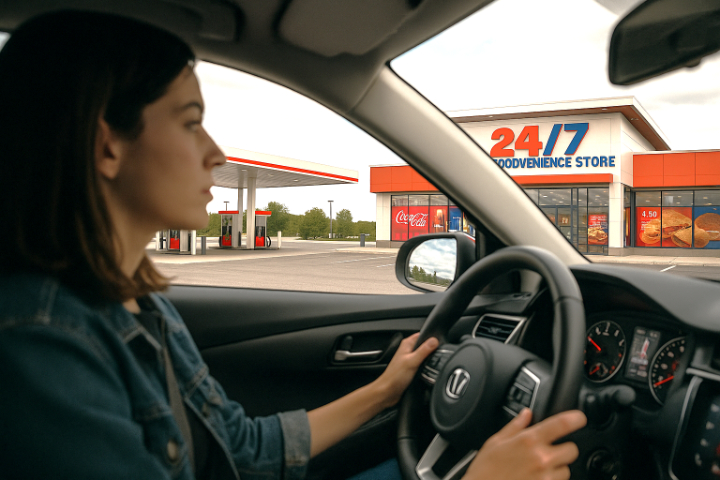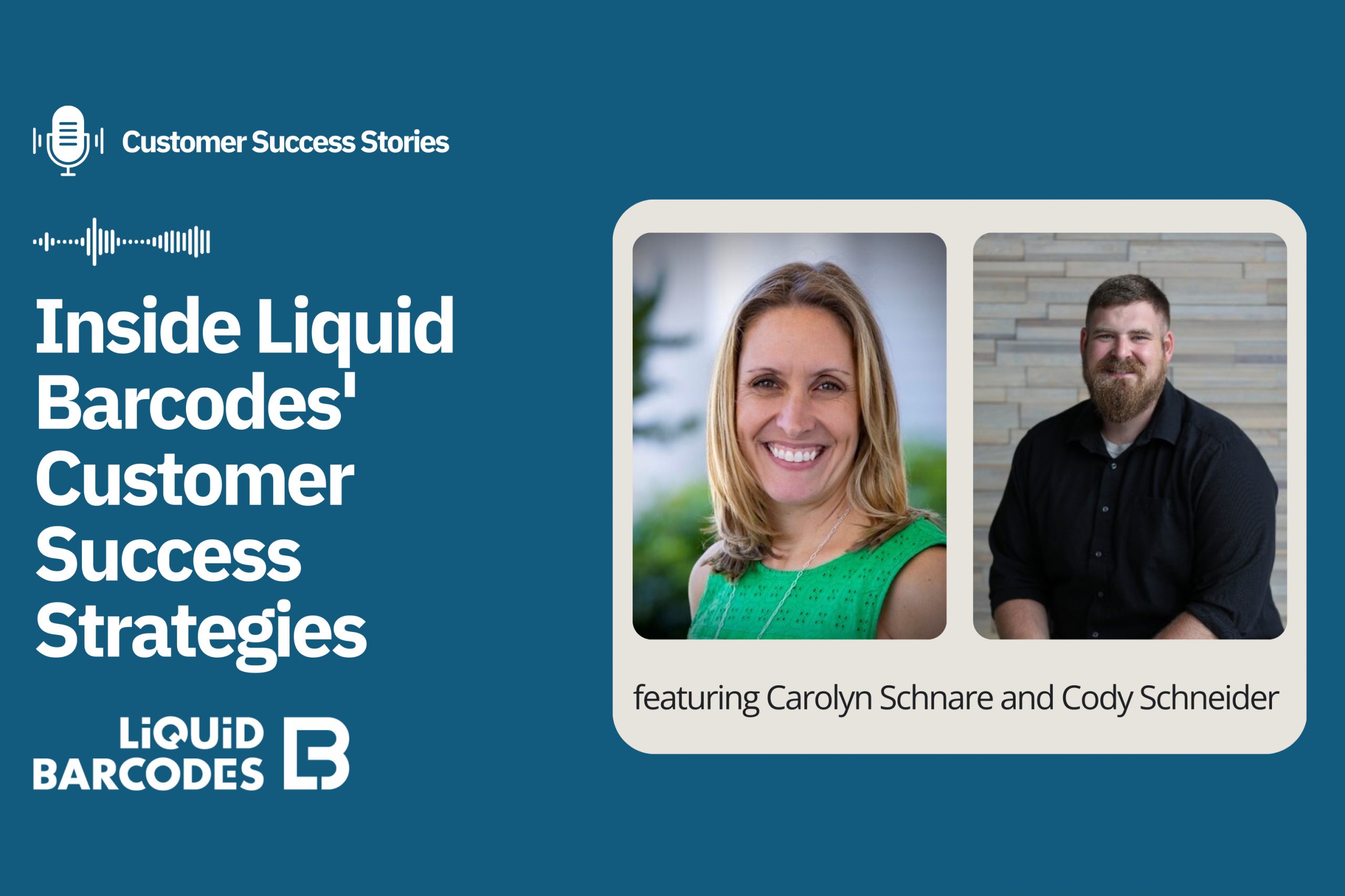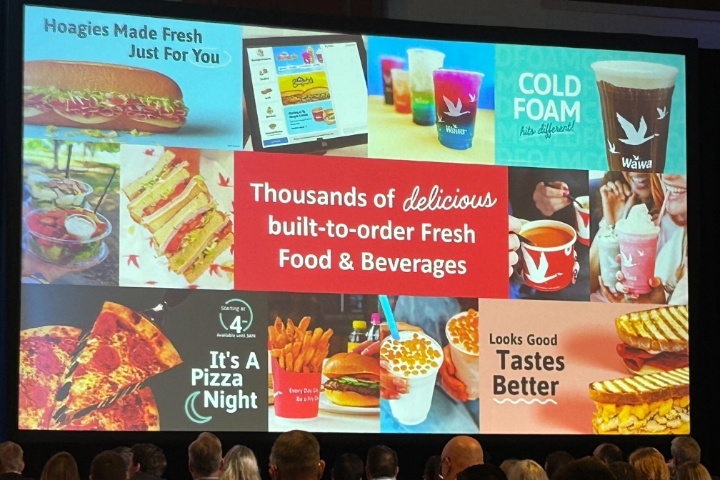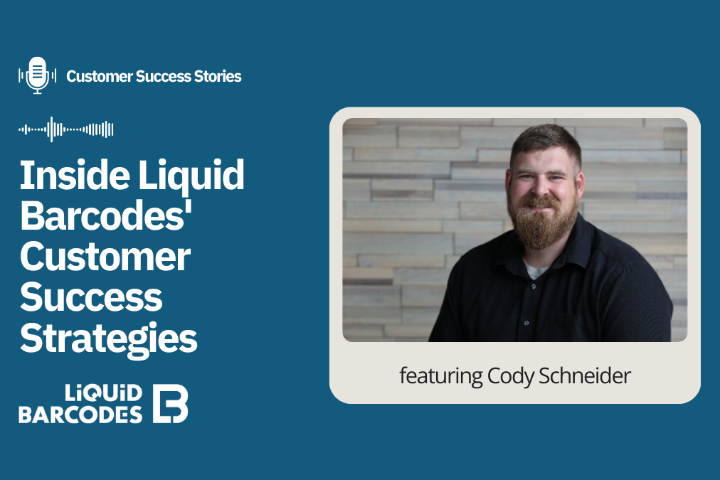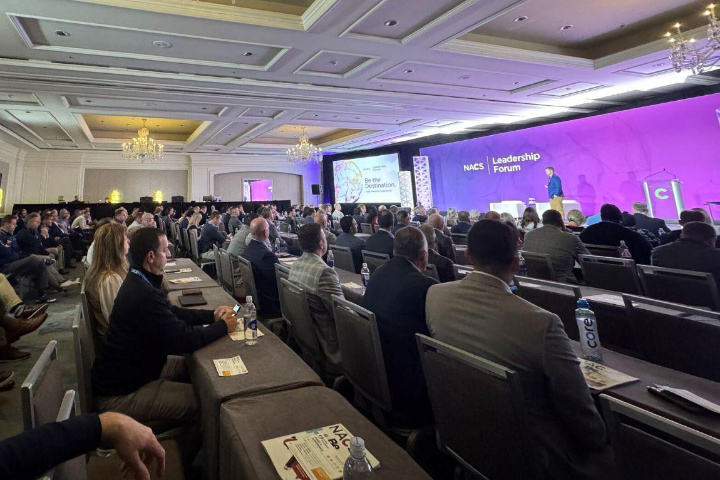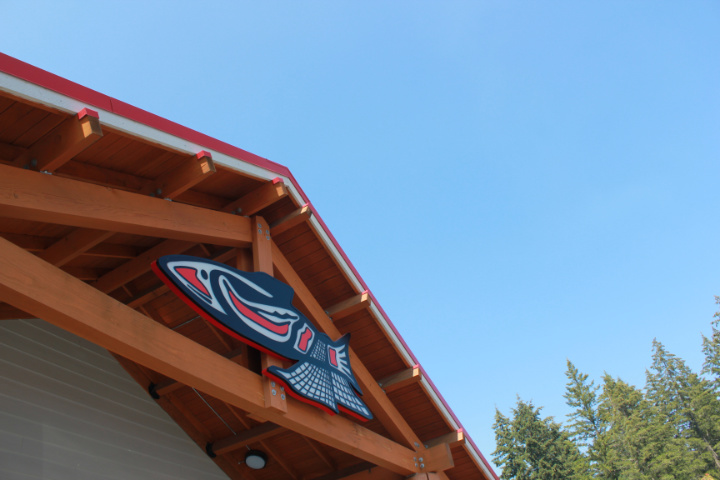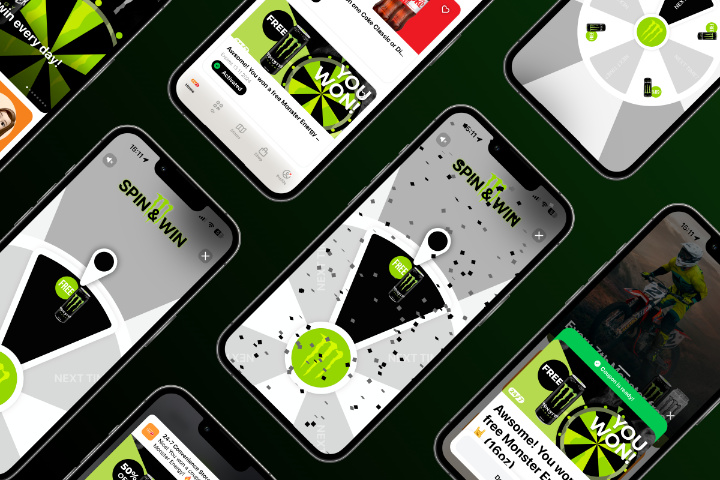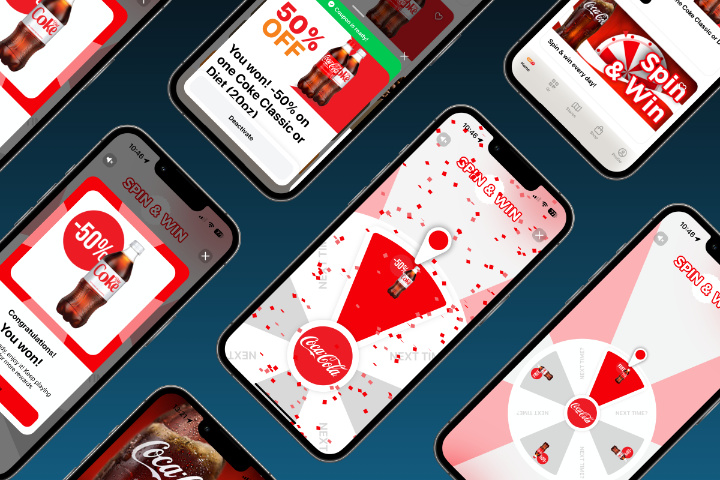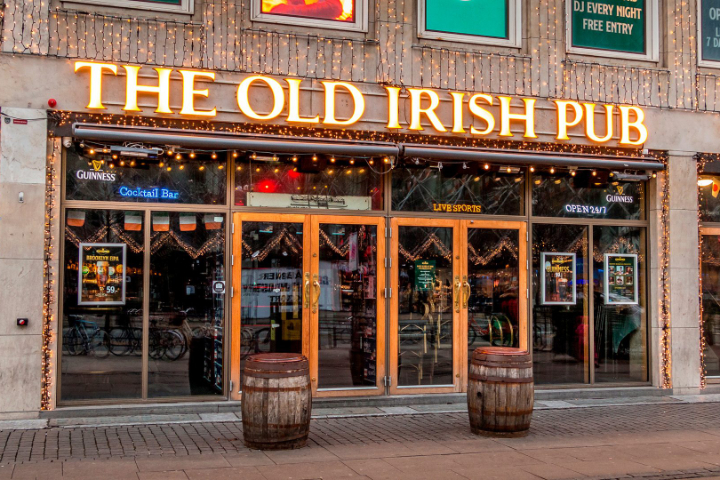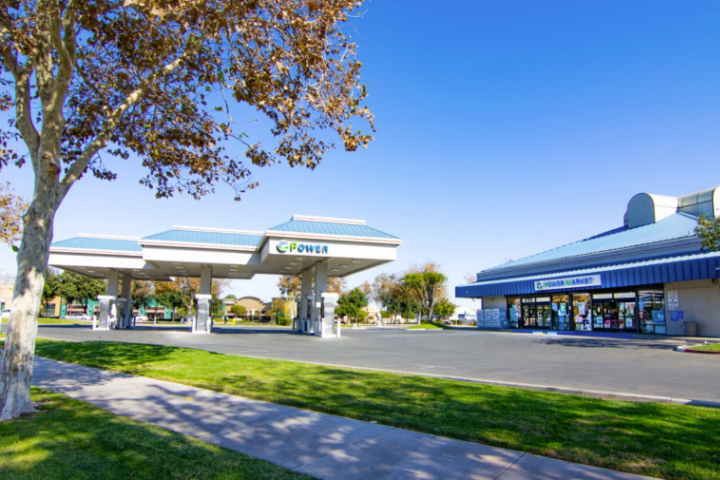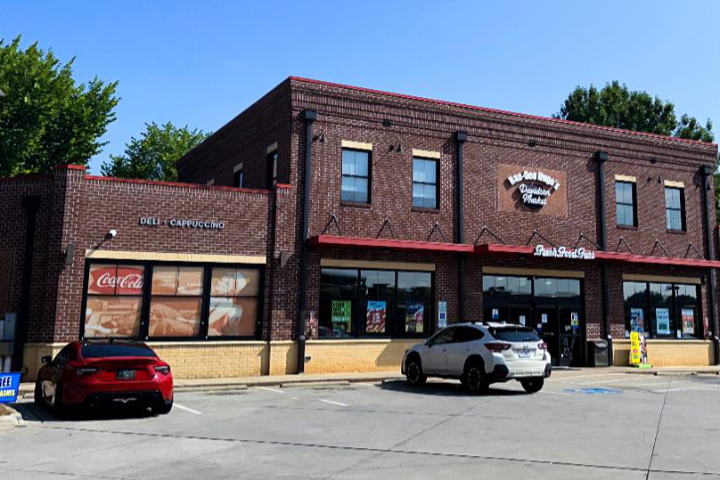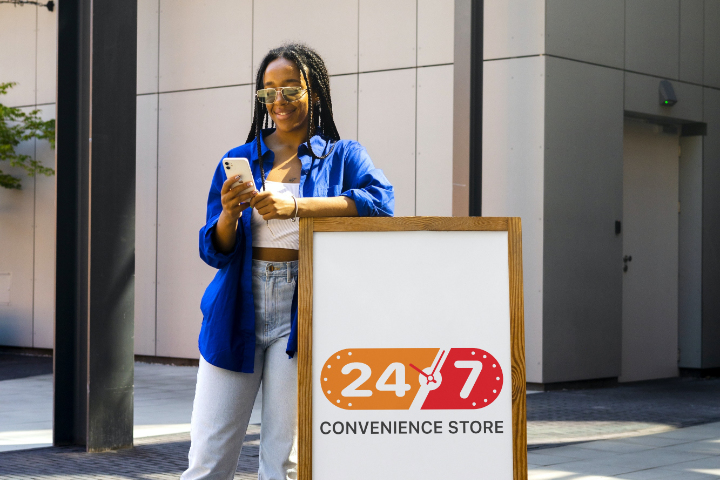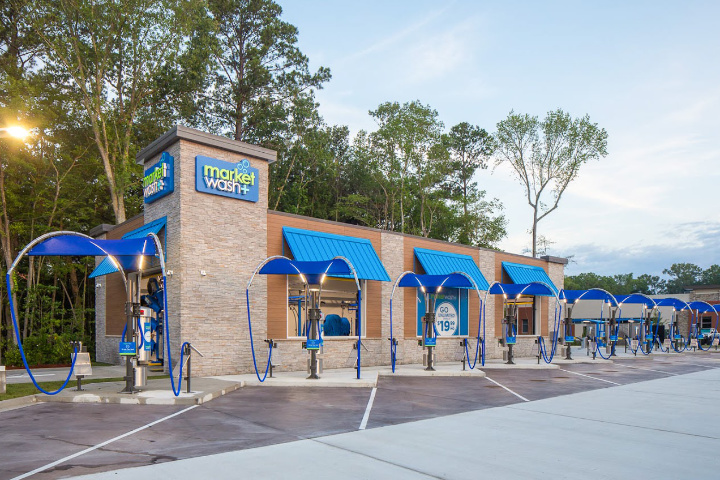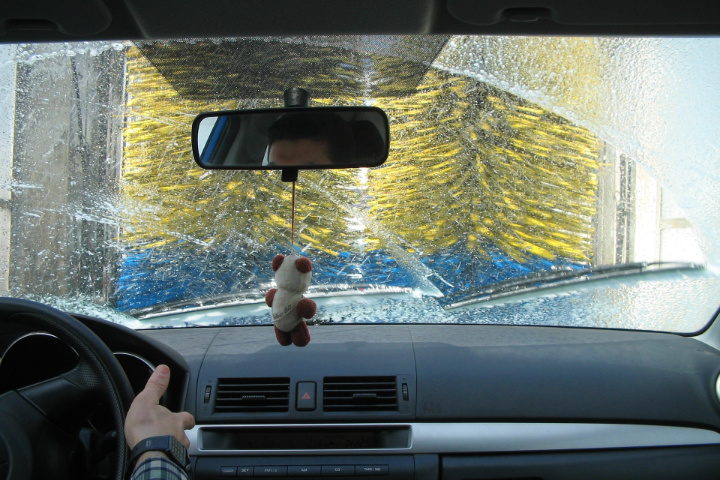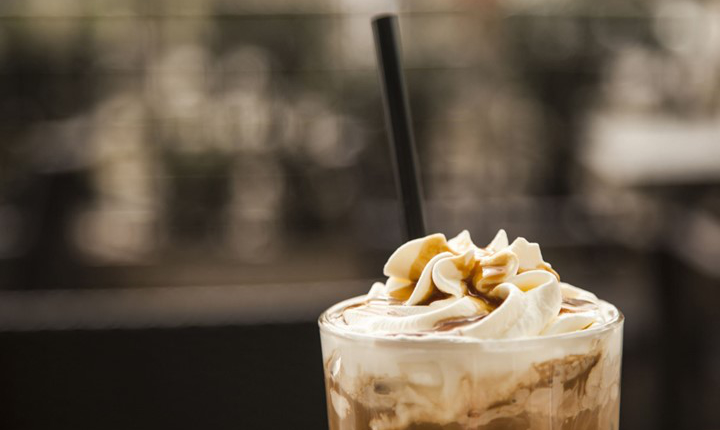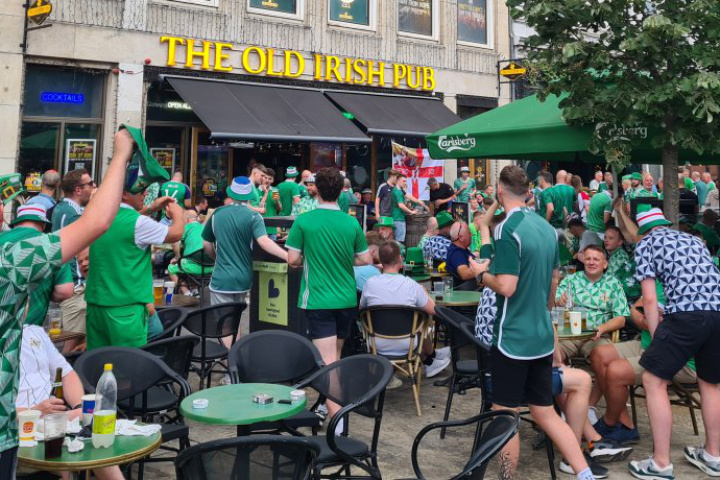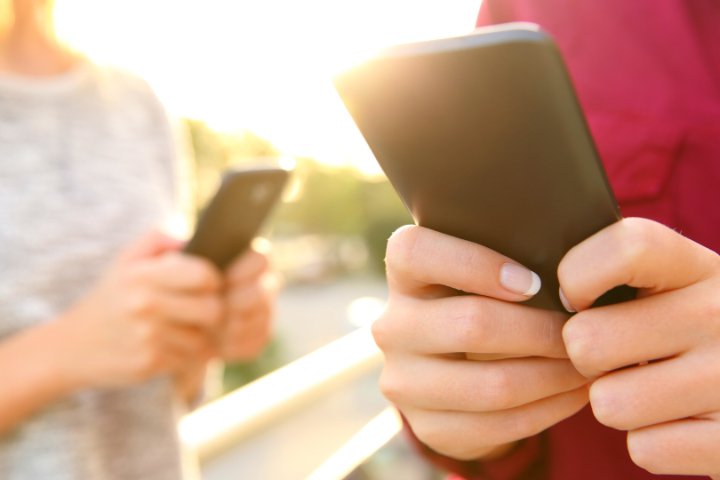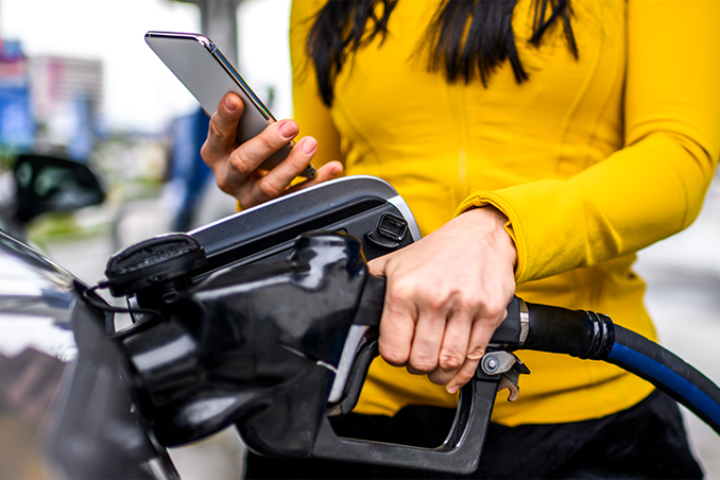This article was first published on Global Convenience Store Focus.
Not many companies can claim that 2.5 billion people use their products on any given day, so there is no doubt that the global giant Unilever has some of the world’s most impressive brands, products and people. Boasting a global turnover of almost €54 billion in 2017, developing and marketing over 400 brands in around 190 countries worldwide, we wanted to understand how they build loyalty at scale from a product perspective.
We were delighted with the opportunity to chat with industry veteran – Shiv Sahgal – Food and Refreshment Marketing Director for Unilever Malaysia who has over two decades of FMCG experience across several Asian markets. We asked him what he knows for sure about the importance of innovation and communication in the online-to-offline (O2O) world of convenience retail, in order to drive consumer brand loyalty. His insights include the importance of authenticity, transparency and consistency in each product’s story and throughout the brand’s identity, as well as the role of direct communication strategies and developing new sales channels with consumers.

Shiv Sahgal, Foods and Refreshment Marketing Director, Unilever Malaysia
Three Challenges – Online to Offline
1) Brand Integrity:
Sahgal describes the process of building product loyalty as akin to building friendship in the offline world. Trust takes time to build, and unless each product is relevant and solves a real problem, it simply won’t work. With access to extensive information online, not only does it take time, but consumers are increasingly demanding authentic and honest brands that truly STAND FOR something. Like all great companies, Unilever focuses considerable time and energy on understanding the “why” – essentially the insights driving their behaviour and why they do what they do (which is often quite different to what they SAY they will do). The clarity of “why” is critically important to ensure the effectiveness of Unilever’s €7bn annual global advertising spending.
Sahgal also made a key point about the “merits of familiarity” – which I particularly liked. Too often marketers get bored of their assets – packaging and advertising can feel stale from an internal perspective JUST as these critical design elements are beginning to enjoy recognition and market awareness. It’s an issue that affects many loyalty programmes in exactly the same way – with programme managers equally susceptible to this idea – described by Sahgal as one of the “biggest pitfalls” and mistakes he sees fellow marketers making. For both products and services, a key part of the communications role is to “build the memory structure” that customers need. Only when they recognise us can they engage with us.
2) Communication:
The online world has finally found ways for manufacturers to connect with consumers directly. Unilever is adopting innovative solutions to combine data from multiple advertising sources to gain a single view of the customer. While still in the early stages of testing and learning, they have adopted a partnership approach with large data providers such as the local mobile network providers (for geo-fencing campaigns), alongside more sophisticated insights from Facebook, Google Maps and Waze – all possible as a result of smartphone penetration in each market. This data is used with customers’ permission to understand their proximity to convenience stores, alongside basic information (such as the time of day) to send relevant messages that drive footfall and purchases in a highly effective way. The potential for these communications is “limited only by our imaginations” according to Sahgal, who highlights the possibilities created by the segmentation capabilities, lower campaign costs and sheer speed of response as exciting developments in recent years – allowing brand managers in every category to get closer to their customers.
One specific solution that Sahgal highlighted is how these channels are being used to address a global household problem – the “tension” created by the boredom of buying and cooking a limited range of meals! Using artificial intelligence, Unilever can learn key dietary preferences and suggest varied menu ideas to address this universal pain point – to everyone’s benefit!
3. Channel Strategy
With convenience retailers becoming ever more relevant worldwide, Unilever is committed to supporting the industry. Wherever possible, they partner with retailers to understand the exact demographics of their customer base and “dovetail” into their communications. With a clear understanding of what needs each retailer is uniquely solving, Unilever can – for example – provide more support in the dominant health and beauty category in high-traffic stores such as Thailand and support social and cultural engagement in other markets such as the Philippines where the store can often become the venue for working communities to gather for meals before or after work.
Alongside this dominant channel, various eCommerce initiatives are being explored – but are still “hugely under-developed” in South East Asia with plenty of room for growth. While high-value or large-pack purchases are being bought online, the channel is still evolving for the majority of Unilever brands which are impulse purchases. The cost and complexity of the last mile delivery is simply not a channel that any one brand or manufacturing company can solve alone. Instead, Unilever has chosen to partner with a pureplay online retailer – Lazada Group across the region – resulting in a dedicated online Unilever store to drive sales. The then regional Unilever President Pier Luigi Sigismondi said at the time that he believes the benefits of the partnership were “immense” – with the potential to triple their business by accessing the 200 million people who want to buy online in the region.
Sahgal also highlighted the immense branding benefits of online channels – being present on the platforms their customers are visiting. With declining TV viewership by younger audiences in many markets worldwide, this alone is an important consideration to ensure brands remain top of mind as digital channels evolve to remain relevant to millennials and other key demographics.
Unilever’s eCommerce Malaysia Store on Lazada.com – dubbed the “Amazon of South East Asia”
Innovation Through Collaboration
With its immense resources and global responsibilities, it’s clear that Unilever needs a global strategy and approach to innovation which also supports local market needs. The Unilever Foundry is a global Unilever initiative designed to “identify and partner with industry-changing startups….to pioneer revolutionary business innovations” including investing in opportunities “that are of strategic relevance …including digital marketing, digital media, and eCommerce.” The Foundry team is headquartered in London, with locations worldwide including an office in Singapore to support the Asian market, and recently it has produced a detailed report on corporate and startup collaboration. This will ensure they have access to the best ideas globally and there will undoubtedly be plenty more exciting initiatives to come from Unilever that harness the power of innovation to drive the appeal of convenience brands and convenience stores globally.
About Us:
Liquid Barcodes is a leading global loyalty technology company specialising for the convenience store and foodservice industries. Our proprietary cloud-based technology platform allow retailers to create and manage their digital marketing campaigns with a proprietary process we call the “customer connection cycle’ to engage, promote and reward customers activities in real-time across digital and media channels.
How we do it:
We have developed the most advanced loyalty and digital marketing technology platform specifically for convenience store and foodservice retailers globally.
Retailers use our self-service dashboard to create and manage loyalty driven marketing campaigns that increase purchases with their existing customers, as well as effectively target and acquire new customers through partners or paid media channels.
One core component of live loyalty is gamification. We have gamified branding, loyalty and promotions. We believe this approach is essential in order to get customers’ attention and ultimately truly engage them with repeatable actions thereby winning their loyalty.
Check out some of our exciting/proven results here:
About Me:
Paula Thomas: MBA. Certified Loyalty Marketing Professional (CLMP).
Chief Content Officer, Liquid Barcodes and Independent Loyalty Consultant.
With over twenty-five years marketing experience, I specialise in loyalty marketing consulting, managing consumer loyalty propositions, strategy and operations. In addition to working with Liquid Barcodes, my clients have included Telefonica O2, Three Mobile, Electric Ireland, Allied Irish Bank and The Entertainer, as well as Avios – the global points currency for some of the world’s top airlines. I am also a judge for the Loyalty Magazine Awards.
—————————————————————————————–


